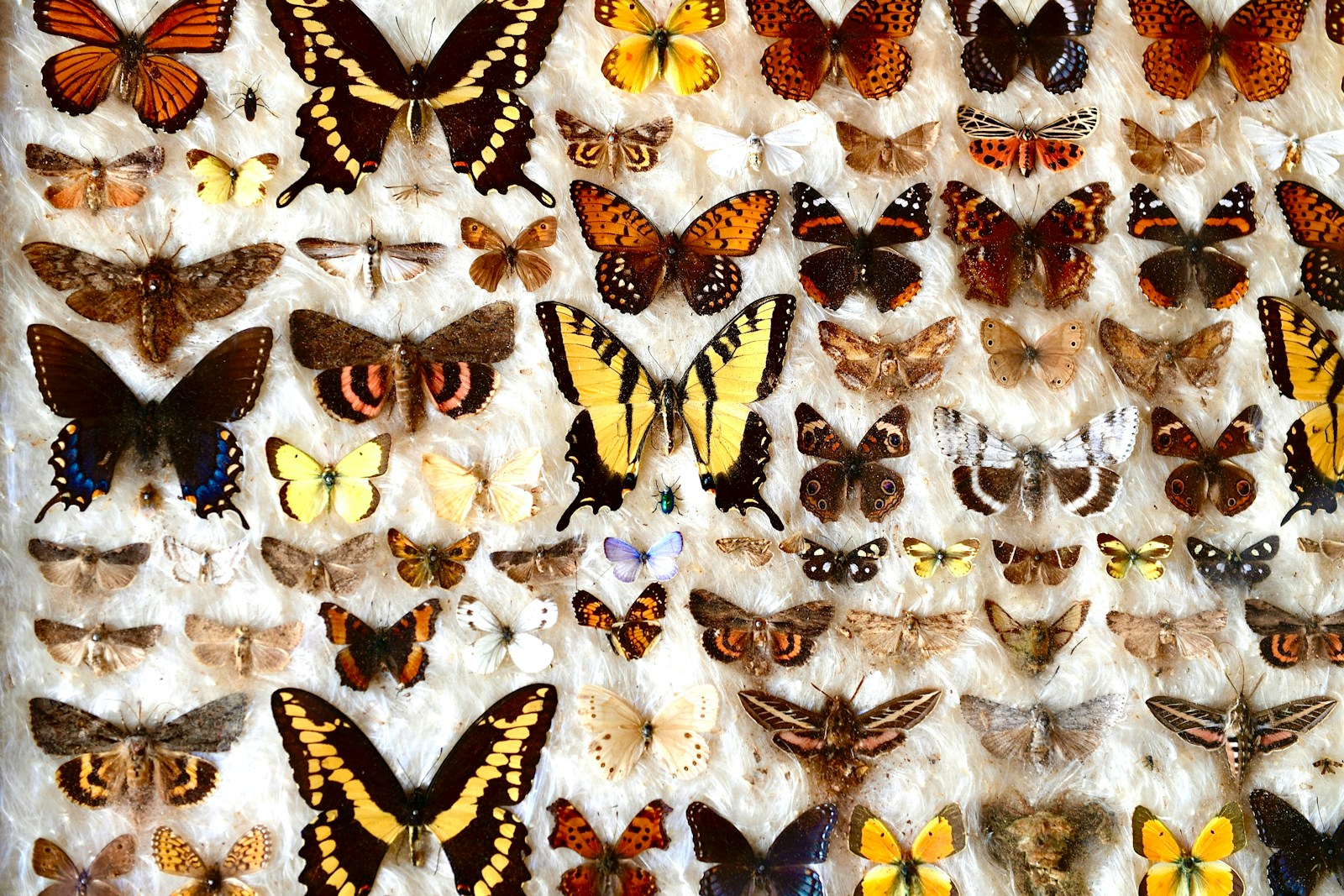In one of the most ambitious conservation projects ever, a dedicated collector in Africa has preserved 4.2 million butterflies, creating an invaluable archive for studying biodiversity and climate change.
Key Points at a Glance
- Over 4.2 million butterflies have been preserved in a single collection, documenting Africa’s rich biodiversity.
- The collection helps scientists understand species migration, extinction risks, and the impact of climate change.
- Butterflies, as key environmental indicators, provide insights into the health of ecosystems.
- This monumental effort highlights the power of individual contributions to global conservation.
In a remote corner of Africa, a single collector has amassed a stunning collection of 4.2 million butterflies, making it one of the largest and most significant archives of its kind. This monumental project is more than just a personal achievement—it is a lifeline for biodiversity research and climate change studies.
The collector has painstakingly documented species across Africa, including rare and endangered butterflies, creating a unique database of ecological and evolutionary information. The scale of this effort provides scientists with a comprehensive view of butterfly populations and their habitats, covering regions as diverse as rainforests, savannas, and mountains.
Butterflies are often described as the “canaries in the coal mine” for environmental health. Their sensitivity to temperature changes, habitat destruction, and pollution makes them vital indicators of ecosystem stability. By analyzing these specimens, researchers can track shifts in migration patterns, adaptation strategies, and extinction risks tied to climate change.
The archive is also a crucial resource for studying the broader impacts of global warming. For example, it reveals how butterfly populations are relocating to cooler regions or disappearing altogether as their habitats are altered. Such findings are essential for designing conservation strategies and protecting vulnerable ecosystems.
What sets this collection apart is its potential for global impact. Efforts are underway to digitize the entire archive, making the data accessible to researchers worldwide. This move ensures that the knowledge embedded in these 4.2 million butterflies can inform international conservation and climate policies.
This extraordinary story underscores the profound impact one person’s passion can have on the world. By dedicating decades to preserving these fragile creatures, the butterfly collector has created a legacy that will influence science and conservation for generations.
